As far as kitchen countertops are concerned, Mr. McGuire in The Graduate had it right: “There’s a great future in plastics.” Not all plastics, of course—in general, we try to keep them out of the kitchen—but the durable, adaptable manufactured material commonly known as Corian is gaining traction. While natural materials (granite, marble, wood) have ruled the roost in kitchens for many years, solid-surface countertops are increasingly the competition. Greater color choices, widespread availability, and a more affordable entry point than high-end stone are just some of the reasons to take another look.
Have you installed Corian or other solid-surface countertops in your own kitchen? Please share your experiences in the Comments section at the bottom.
Above: In a Victorian house in Stoke Newington, London, a white Corian countertop lightens the small kitchen. Photograph from Inner Sanctum: Maximum Calm in a London Townhouse.
What are solid-surface counters?
Solid surface is a manufactured material made from polymer resins mixed with minerals and colorants. It is durable, nontoxic, hygienic, nonallergenic, and has Greenguard Certification. Most commonly manufactured in sheets (in thicknesses akin to standard countertops), solid surface is fabricated into countertops, cabinet fronts, backsplashes, and beyond.
In addition to being man-made and therefore abundantly available unlike natural stone, solid surface is:
- Nonporous, making it resistant to stains and easy to keep clean.
- Solid, hence its not exactly poetic moniker. There’s no veneer or coating; no matter how you slice it, solid surface has the same composition and color throughout.
- Infinitely repairable. It’s scratchable, but thanks to its solidity, any scuffs, dents, and burns can be sanded out.
- Seamless in appearance. Solid-surface countertop pieces can be tightly glued together then sanded so that the seams disappear.
- Fully customizable. It can be carved, sanded, and heat-shaped to create, among other things, integrated drain boards, curved sink openings, and sinks themselves.
Above: In a kitchen by Blakes London, a member of the Remodelista Architect Directory, the designers used white solid surface for both the countertop and integrated sink. “The ability to have an integral sink in the same finish as the counter is an attractive feature in some of these manufactured surfaces,” Jamie Blake says. To get this seamless look, customization isn’t always required: Many solid-surface manufacturers stand ready with prefabricated sinks for order. Photograph courtesy of Blakes London.
Who makes solid-surface countertops?
As Levi’s is to blue jeans, the brand Corian is to solid-surface countertops. Dupont created the material in the 1960s and held a patent for over 30 years. The expiration of Corian’s patent enabled other manufacturers of solid-surface countertops to enter the market. These include LG Hi-Macs, Samsung’s Staron, Hanex, Wilsonart, and Finnish-based Durat, which uses 30 percent postindustrial recycled plastics. (It should be noted that Corian’s Terra Collection is made with 6 percent pre-consumer recycled content.)
What’s the difference between the brands? The materials are actually nearly identical (Dupont’s once secret recipe for Corian is now out in the world). The product pricing is similar, too, with some variations from installation requirements (see below). Color is the biggest differentiator between the brands.
What colors are available?
Solid-surface counters are available in hundreds of hues, ranging from a rainbow of solids (whites to brights) to metallics to stone patterns. These are all matte and can’t be polished to a sheen. Corian alone offers a portfolio of 118 colors. Manufacturers offer samples (small tiles of the actual material in the same thickness as a standard counter) either to order on their websites or through installers or reps.
White
Above: Solid surface is one of the few countertop materials that you can get in perfect white–lending it particular currency in the pale kitchen trend of late. The white Corian countertop in this London Victorian has integrated sinks to give the small space a minimalist look. Photograph from Inner Sanctum: Maximum Calm in a London Townhouse.
Stone Patterns
Above L and R: Corian Rain Cloud mimics Carrara marble. Photographs from KCB Cabinets.
Like the natural stone look? Most solid-surface brands offer stone-like colors and are working to get them closer to the real thing. That said, patterned solid surface should come with a warning label: Installation may compromise the seamless look. When patterned pieces are joined together at a corner, it’s not possible to have perfect pattern matching; the seam won’t be visible, but a perpendicular pattern change will be noticeable.
“In most of these manufactured materials, the solid colors or uniform, granular patterns are more successful than the ones that try to mimic granites and marbles,” says architect Robert Schultz. Architect Lauren Rubin agrees: “I like the solid surfaces but generally avoid the simulated stone. I’m a purist, if you want the look of stone, stay with stone.”
Bright
Above: Unlike most other countertop material (except plastic laminate) solid surface is available in a wide range of eye-opening colors—including this orange from Durat in a kitchen by Pirkko-Liisa Topelius. Photograph courtesy of Durat.
Dark
Above: Dark colors are available, but they show scratches and nicks more than lighter hues. Helsinki-based Studio Koskinen Rantanen used dark gray Durat solid surface throughout this kitchen. Photograph courtesy of Durat.
Can solid-surface countertops be mixed with other materials?
Yes, its range of colors and adaptability makes solid surface a great partner for all kinds of other materials, including wood and stainless steel.
Above: A white solid-surface counter complements the oak wood kitchen in a kitchen by New York architect Lauren Rubin. Photograph from 10 Favorites: Architects’ Budget Kitchen Countertop Picks.
How is solid-surface countertop installed?
Solid surface is most commonly manufactured in sheets that are then fabricated into countertops. The process typically goes something like this:
- The installer does a “rough,” a drawing of the space to create a price quote.
- Once the quote is accepted, the installer comes to the site to create a template of the countertop dimensions and details, including openings for cooktops, sinks, and any other customizations.
- The counter is fabricated offsite using premade sheets of the material. In the case of a simple galley countertop, the entire counter is created in a single piece. For kitchens with L-shaped corners, the countertop may be fabricated in two or three pieces and then connected onsite (see information on seams above). This typically takes four to five weeks.
- The counter is installed (usually in a day since the bulk of the work is done offsite). Solid surface is typically applied to a sub-base of plywood.
Above: In a renovated kitchen by architect Oliver Freundlich, the sink counter is Glacier White Corian that’s three-quarters of an inch thick: “While 1 1/4-inch thickness is standard, I went with three-quarter inch because it’s thin and light and complements the scale of the kitchen,” Freundlich says. See more at Rehab Diary: Cobble Hill Kitchen Makeover, Before and After. Photograph by Matthew Williams for Remodelista.
Can solid surface be used for more than countertops?
In residential settings, solid surface is most commonly found as countertops, but thanks to its durability, strength, and adaptability, its uses are expanding. These include integrated sinks, backsplashes, wall panels, cabinet fronts, tables, shelving, and even switch plates—and that’s just in the kitchen. Solid surface is making inroads in other rooms, too, especially bathrooms, thanks to the fact that it’s impervious to water.
Above: The vanity and tub in a bathroom at the Hotel Brosundet, in Norway, is made of white Durat. Photograph courtesy of Durat.
How much do solid-surface countertops cost?
Corian and its competitors are not inexpensive. Northwest-based Precision Countertops says a good rule of thumb is $45 to $68 per square foot installed. The variation in price is mostly dependent on the color selected (colors are typically grouped in different price bands).
Another factor affecting pricing is fabrication. Some manufacturers require that the final product be fabricated by approved/trained fabricators (meaning you can’t track down your own, more affordable option). The upside, in the case of Corian, is that the product and installation are covered by a 10-year warranty.
Above: To help lighten a dark kitchen in an Amsterdam loft, a minimalist light gray, solid-surface countertop was introduced. Photograph by Irene Hoofs of Bloesem Living.
How do you clean and maintain solid surface countertops?
Unlike many natural countertop materials, solid surface is extremely low maintenance. It doesn’t require sealants and for day-to-day use, soapy water is all that’s recommended. If however, there’s residue buildup, a product such as Soft Scrub and a nonscratching scouring pad should do the trick.
As for ongoing maintenance, the number-one thing to avoid is putting hot cooking vessels directly on the counter; like Formica, solid surface is not heat-resistant and can burn. The good news is that if an accident occurs, solid-surface countertops are repairable—chips, scratches, burns, and any other visible damage can be filled and sanded.
Above: In artist Alison Watt‘s live/work studio space in Edinburgh, Scotland, a solid-surface counter with an integrated drainboard stands next to the sink. “Corian is seamless,” project architect Helen Lucas explains, “and it can cope with brush washing and oil paint.” Take a tour of Watt’s space in A Georgian Townhouse in Edinburgh Remodeled for an Artist. Photograph by Angus Bremner.
Solid-Surface Countertop Recap
Pros
- Can always be repaired.
- Nonporous, so won’t stain.
- Easy to clean.
- Available in a wide range of colors, including pure white.
- Seamless.
- Available in varying thicknesses, including thinner profiles than most countertop materials, without sacrificing strength and durability.
Cons
- Not heat-resistant.
- Can scratch and dent.
- Not a natural look.
- Can’t be polished to a shine.
Researching new countertops? See the following Remodeling 101 posts.
- 10 Easy Pieces: Remodelista Kitchen Countertop Picks
- Remodeling 101: Butcher Block Countertop
- Remodeling 101: Concrete Kitchen Countertops
- Remodeling 101: Soapstone Countertops
- Remodeling 101: Marble Countertops
- Remodeling 101: Engineered Quartz Countertops
- Remodeling 101: Paper Composite Countertops for the Kitchen
Finally, get more ideas on how to evaluate and choose your kitchen countertop in our Remodeling 101 Guide: Kitchen Countertops.
N.B.: This post is an update; the original story ran on July 31, 2014.
Frequently asked questions
What are Corian countertops made of?
Corian countertops are made of a combination of acrylic polymer and natural minerals.
Are Corian countertops durable?
Yes, Corian countertops are durable and can withstand heat and impact. However, scratches and cuts may occur.
Can Corian countertops be repaired?
Yes, Corian countertops can be repaired by a professional if scratches or cuts occur.
What are the pros of Corian countertops?
Corian countertops are durable, non-porous, easy to clean, and come in a variety of colors and styles.
What are the cons of Corian countertops?
Corian countertops can scratch and cut easily, and are not heat-resistant. They may also discolor over time due to exposure to sunlight.
How should Corian countertops be cleaned?
Corian countertops can be cleaned with a mild soap and water, or a non-abrasive cleaner specifically designed for solid surface countertops.
Can Corian countertops be used outdoors?
No, Corian countertops are not recommended for outdoor use as they may discolor due to exposure to sunlight.
Are Corian countertops expensive?
Corian countertops can be expensive depending on the color and style chosen.



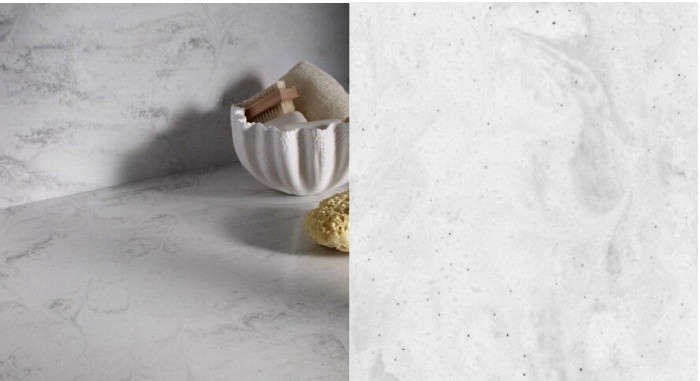
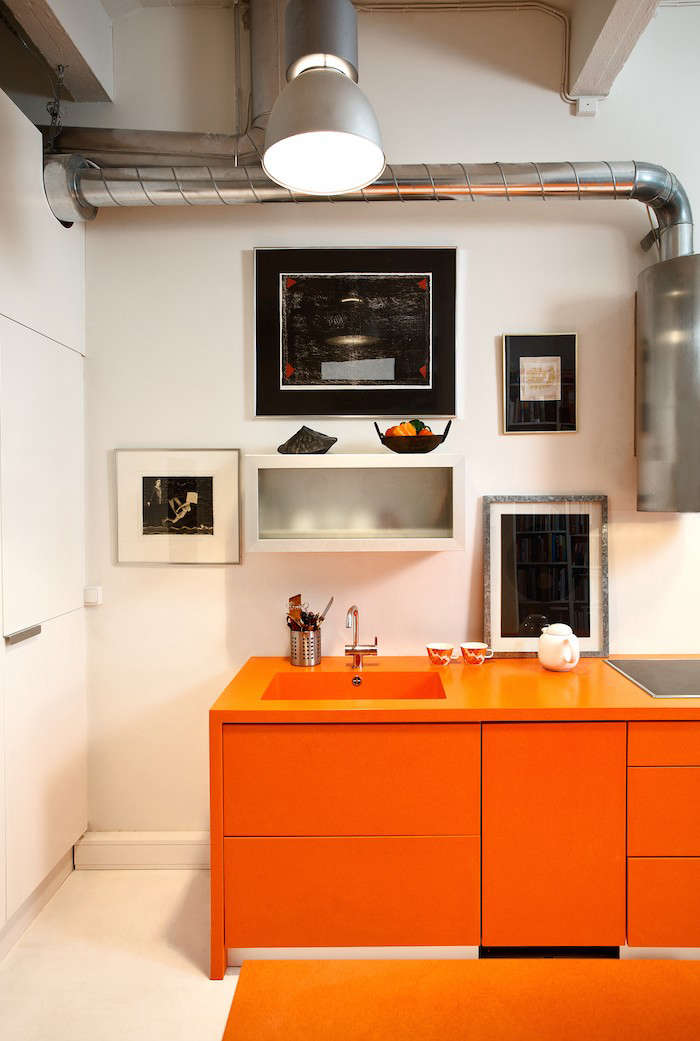
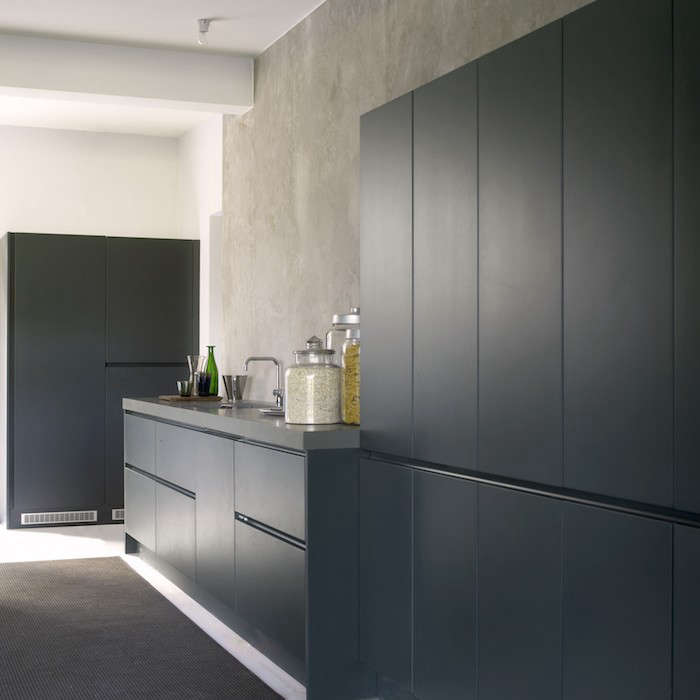
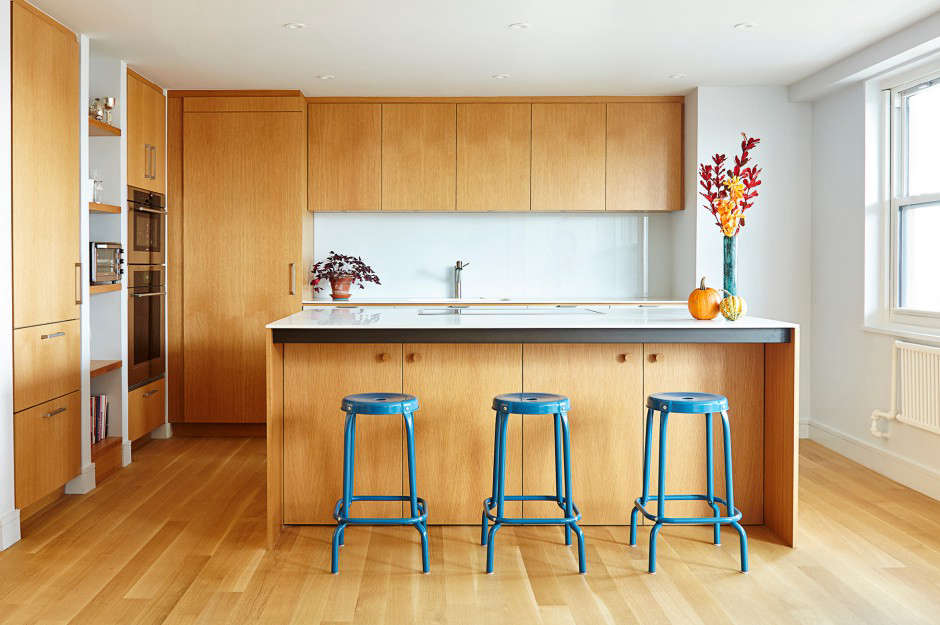
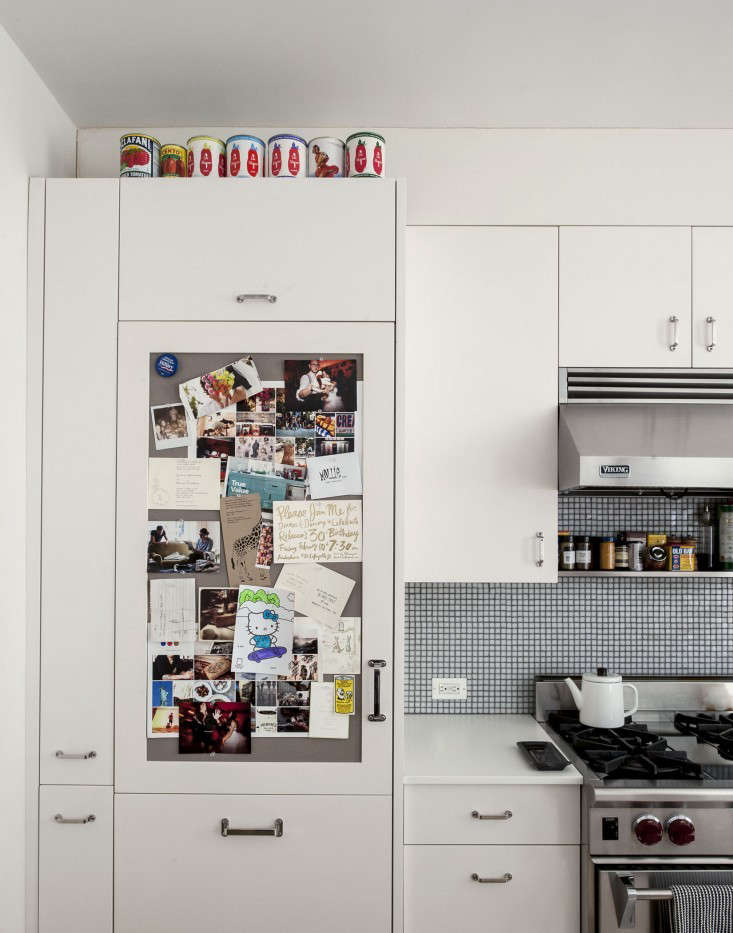
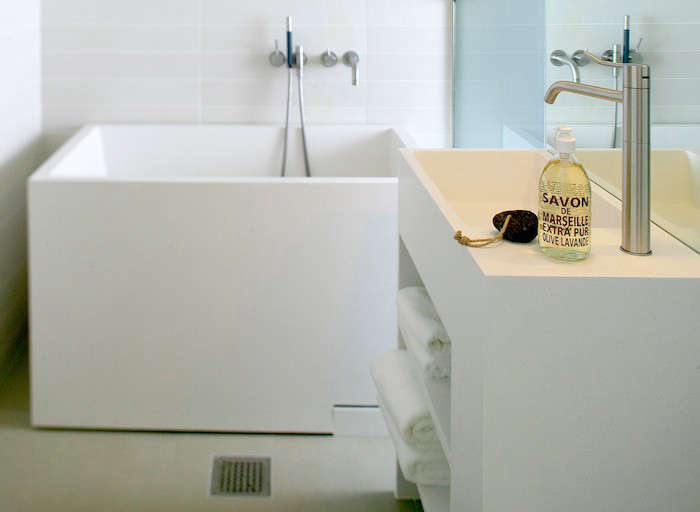
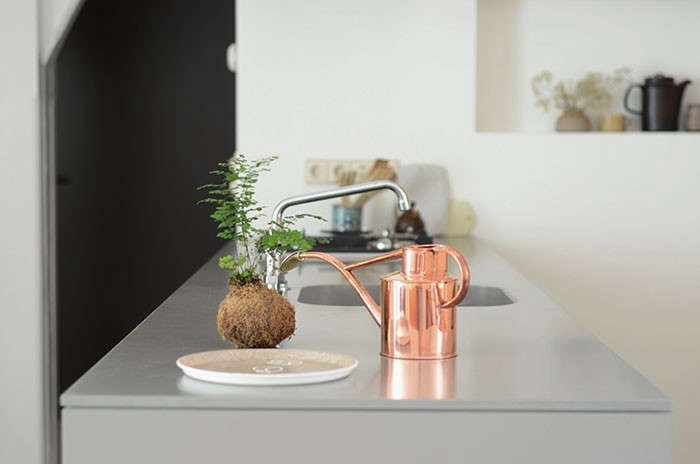

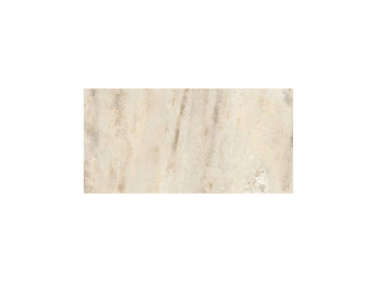
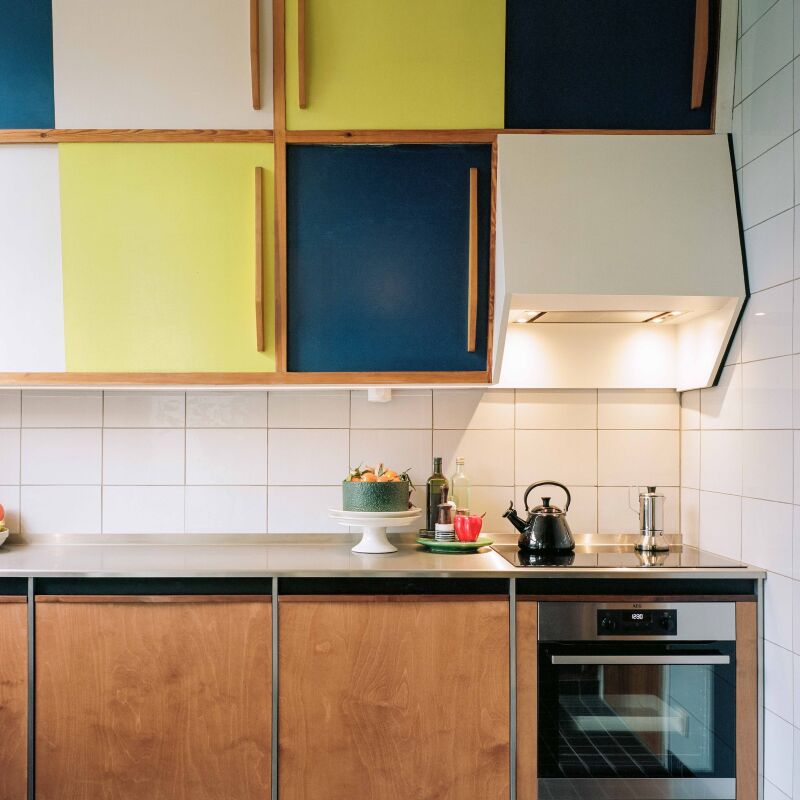
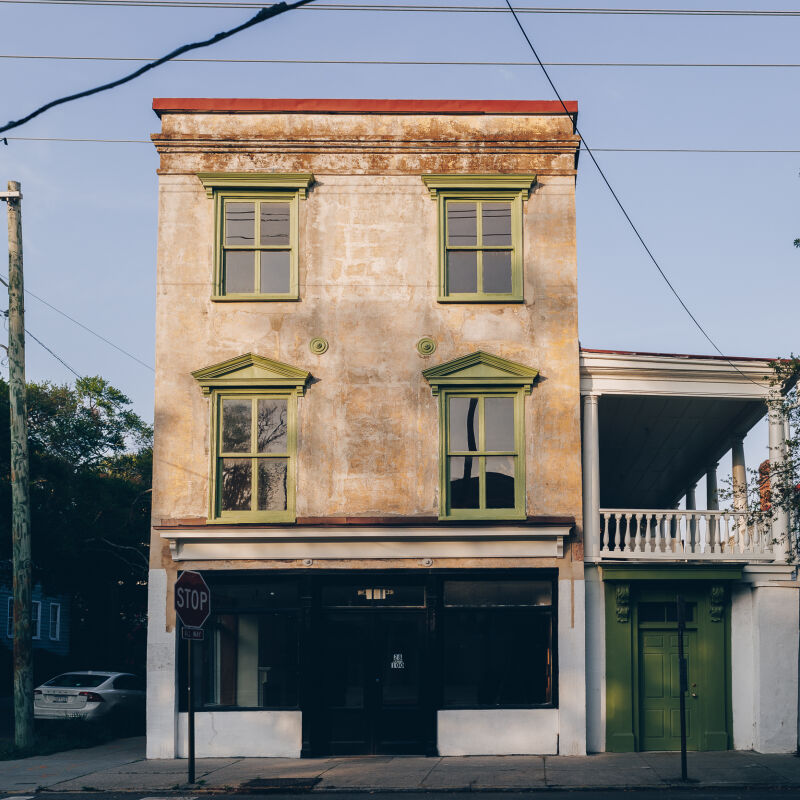
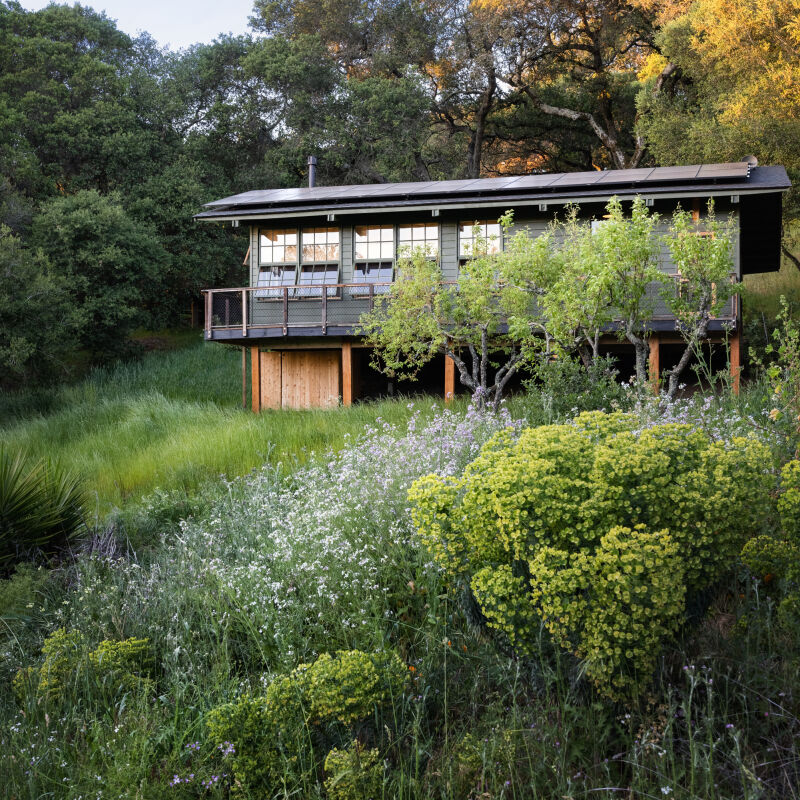



Have a Question or Comment About This Post?
Join the conversation